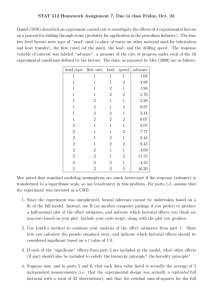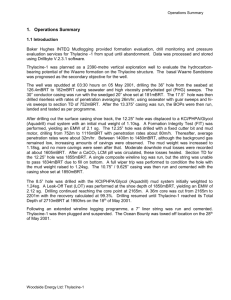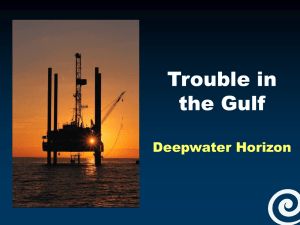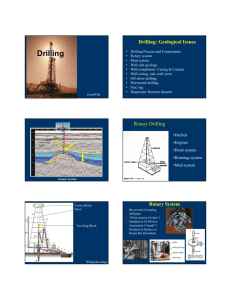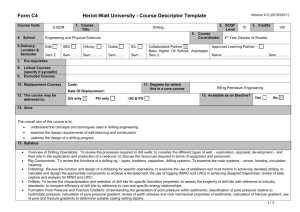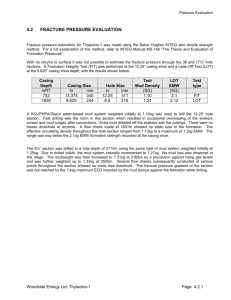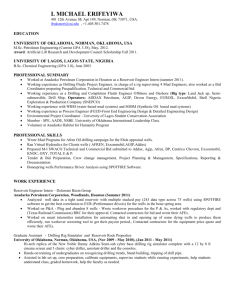panax clean up - Protect Limestone Coast
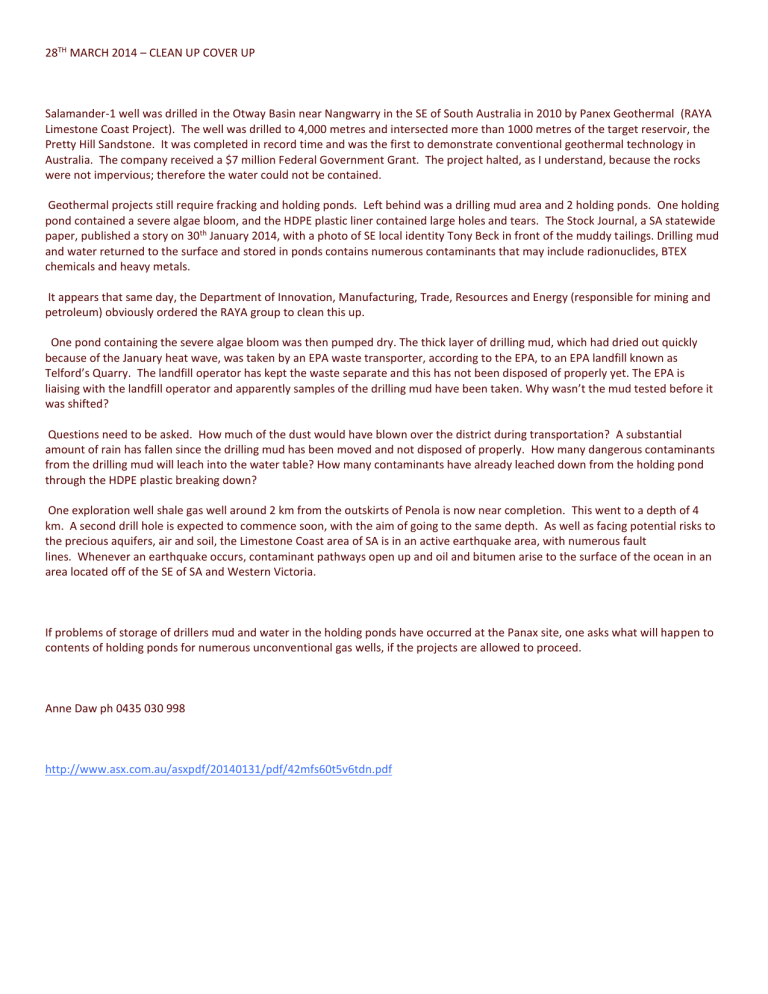
28 TH MARCH 2014 – CLEAN UP COVER UP
Salamander-1 well was drilled in the Otway Basin near Nangwarry in the SE of South Australia in 2010 by Panex Geothermal (RAYA
Limestone Coast Project). The well was drilled to 4,000 metres and intersected more than 1000 metres of the target reservoir, the
Pretty Hill Sandstone. It was completed in record time and was the first to demonstrate conventional geothermal technology in
Australia. The company received a $7 million Federal Government Grant. The project halted, as I understand, because the rocks were not impervious; therefore the water could not be contained.
Geothermal projects still require fracking and holding ponds. Left behind was a drilling mud area and 2 holding ponds. One holding pond contained a severe algae bloom, and the HDPE plastic liner contained large holes and tears. The Stock Journal, a SA statewide paper, published a story on 30 th January 2014, with a photo of SE local identity Tony Beck in front of the muddy tailings. Drilling mud and water returned to the surface and stored in ponds contains numerous contaminants that may include radionuclides, BTEX chemicals and heavy metals.
It appears that same day, the Department of Innovation, Manufacturing, Trade, Resources and Energy (responsible for mining and petroleum) obviously ordered the RAYA group to clean this up.
One pond containing the severe algae bloom was then pumped dry. The thick layer of drilling mud, which had dried out quickly because of the January heat wave, was taken by an EPA waste transporter, according to the EPA, to an EPA landfill known as
Telford’s Quarry. The landfill operator has kept the waste separate and this has not been disposed of properly yet. The EPA is liaising with the landfill operator and apparently samples of the drilling mud have been taken. Why wasn’t the mud tested before it was shifted?
Questions need to be asked. How much of the dust would have blown over the district during transportation? A substantial amount of rain has fallen since the drilling mud has been moved and not disposed of properly. How many dangerous contaminants from the drilling mud will leach into the water table? How many contaminants have already leached down from the holding pond through the HDPE plastic breaking down?
One exploration well shale gas well around 2 km from the outskirts of Penola is now near completion. This went to a depth of 4 km. A second drill hole is expected to commence soon, with the aim of going to the same depth. As well as facing potential risks to the precious aquifers, air and soil, the Limestone Coast area of SA is in an active earthquake area, with numerous fault lines. Whenever an earthquake occurs, contaminant pathways open up and oil and bitumen arise to the surface of the ocean in an area located off of the SE of SA and Western Victoria.
If problems of storage of drillers mud and water in the holding ponds have occurred at the Panax site, one asks what will happen to contents of holding ponds for numerous unconventional gas wells, if the projects are allowed to proceed.
Anne Daw ph 0435 030 998 http://www.asx.com.au/asxpdf/20140131/pdf/42mfs60t5v6tdn.pdf
